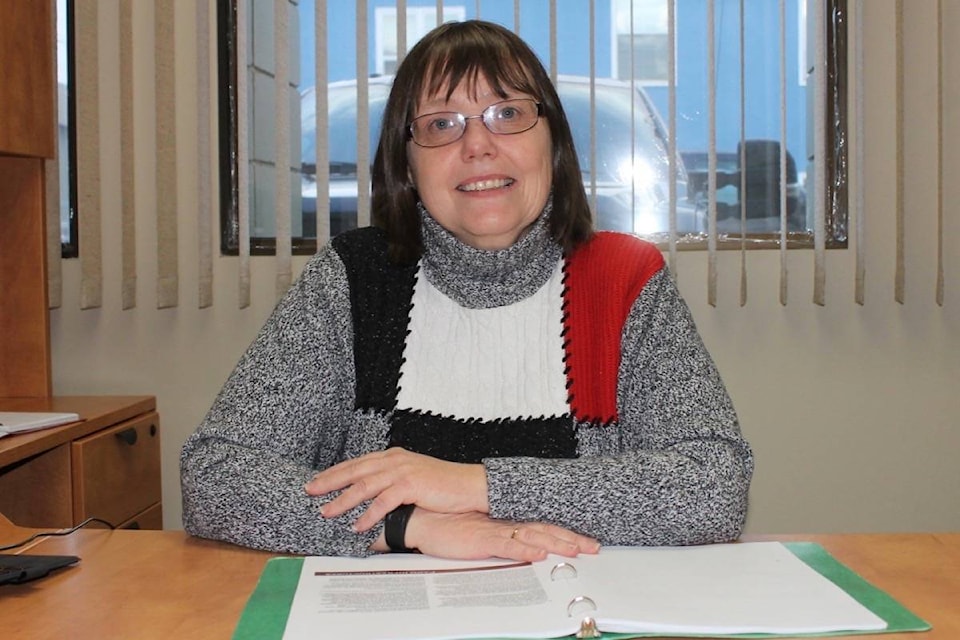Although climate change is expected to cause several environmental threats around the world, the warmer climate could actually bring opportunities to northern B.C. producers.
“As climate change happens, our growing period is changing, so there are opportunities in looking at what we could be producing here,” explained Debbie Evans, the Regional District of Bulkley-Nechako’s (RDBN) new agriculture coordinator.
READ MORE: Challenges of producers in northern B.C.
“Up in Smithers, there are a lot of people growing hardneck garlic. If you go to any of the specialty garlic places you will see the softneck garlic, which doesn’t grow here. But as we get into our climate change, there is a potential that it [softneck garlic] could start growing here. So you could potentially have more value added products that you could put in here.”
“That’s the exciting part of this position,” she added. “[To think about] where can we start opening up the niche markets.”
Evan adds that having the Port of Prince Rupert in close proximity makes the RDBN’s location ideal for exporting products.
Evans moved from Salmon Arm for her new position, which started on Nov. 1, 2017. The position is a two-year pilot project funded by a partnership between Northern Development Initiative Trust and the RDBN.
She said the most important part of her job is to build relations with local producers.
“A big part of my job is just getting out and meeting people,” she said. “I want producers from east to west to start interacting more - [so they can realize that] it’s not us against them, and we can start looking at it [agriculture in the region] as a whole.”
The RDBN currently has 840 farms operating within its boundaries. The majority of these farms do not have full-time employees, but are instead small-scale, family-run operations employing temporary or contract workers.
The need for a regional coordinator was identified during an agriculture forum hosted by the RDBN in 2016. According to the RDBN, small-scale producers and new farmers continue to express a desire for information about the services and supports that are available to them.
Potential for agroforestry in the region
Debbie Evans, the Regional District of Bulkley-Nechako’s (RDBN) new agriculture coordinator, says she sees great potential for agroforestry in the region.
With the growth of the wood pellet industry, Evans says local cattle producers have been struggling to find wood shavings for livestock bedding.
Wood shavings are important because they keep cows cleaner.
“If cows have too much manure on their bodies, the plants [slaughterhouses] don’t want to take them because that’s a potential E. coli contamination,” she explained. “If they’re too dirty, the plants will say, ‘We’re not processing your cattle.’”
“So one of the things I’m looking at is how can we maybe start building our own [wood shavings],” she said. “I’m looking at the potential of growing agroforestry here.”
Agroforestry is a land management approach that purposefully integrates the growing of trees with crops or livestock. This integration can involve deliberately retaining or adding trees or shrubs into agriculture production systems, or deliberately adding or enhancing crops or livestock in forest production systems.
Supporting safe relocation of livestock
Another important part of the agriculture coordinator’s job prescription is teaming up with Regional District of Bulkley Nechako (RDBN) emergency services staff during flood or fire related emergencies to support safe relocation of livestock.
Debbie Evans, the RDBN’s agriculture coordinator, is currently working with RDBN and Ministry of Forests staff to develop a summary of what happened during emergency situations in 2017, and creating an action plan for 2018.
“We have to figure out where they [producers] will relocate animals to, who’s available and what trailers are ready to haul,” she said. “We’re trying to get all the pieces in place for when we are in an emergency situation.”
Evans added that she is also busy planning the 2018 Regional Agriculture Forum, which is expected to be held in February.
@flavio_nienow
newsroom@ldnews.net
Like us on Facebook and follow us on Twitter.
